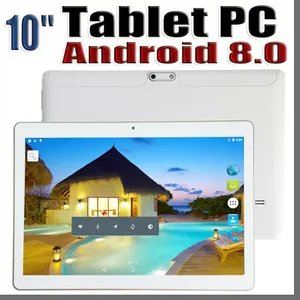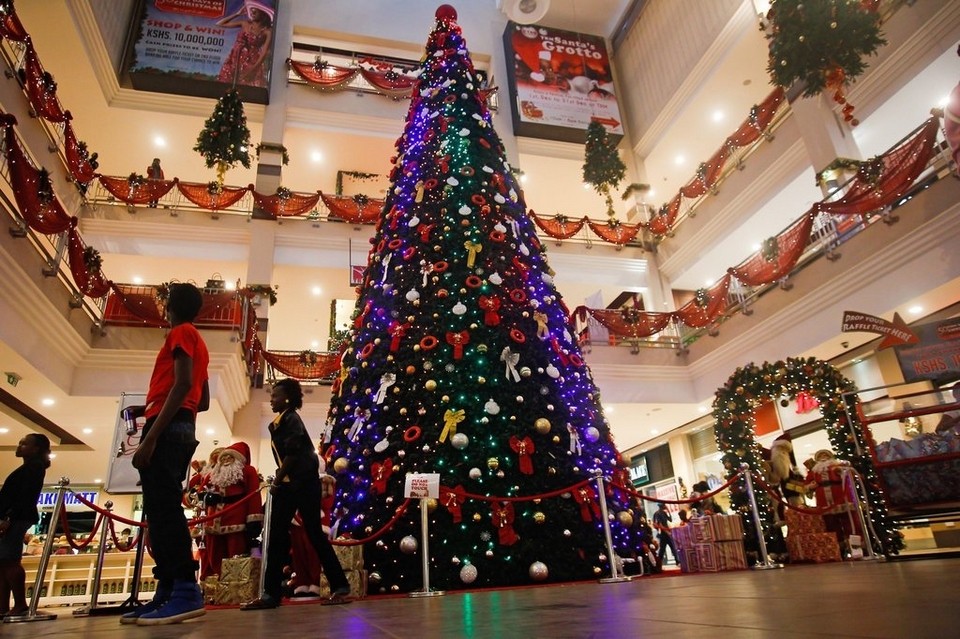 By Ben Lyon, co-founder and Director, Kopo Kopo, follow him on Twitter (@bmlyon)
By Ben Lyon, co-founder and Director, Kopo Kopo, follow him on Twitter (@bmlyon)
This post originally appeared on Kopokopo.com here and has been reposted here with permission.
We’ve always been intrigued by how people spend their money. Search engines like Google work around the notion of “purchase intent” — that is, the idea that a user signals their intent to purchase something based on a keyword or keywords. But what about purchase history? What if you could create a snapshot of a national economy to understand what people actually buy, when they choose to buy it, and how their preferences change over time?
That’s exactly what we sought out to do.
Specifically, we wanted to understand how customers in Kenya spend over the holidays. We aggregated and anonymized data from more than 250,000 payments made by over 135,000 customers across 3,000+ merchant outlets in Kenya in December 2014. Here’s a quick breakdown of what we learned.
(As a caveat, it’s important to note that the analysis below is based on purchase trends from closed data, so it’s inherently limited. Our intent is to offer general hypotheses, not precise conclusions.)
What are the biggest and smallest shopping days?
The biggest shopping day in December was Saturday, December 20th, the last Saturday before Christmas. We tend to see the most payments on Thursdays, Fridays, and Saturdays, so a Saturday spike isn’t unusual. What is unusual, though, is the size of that spike: a 30% increase over the daily average for December. Our best guess is that this spike is the result of last-minute shopping, celebrating and travel preparation.
Given that December is typically a big spending month, we’re willing to bet that the last Saturday before Christmas is the biggest shopping day of the year.
The smallest shopping day in December was Tuesday, December 2nd, the first Tuesday of the month. This one isn’t too surprising as Sundays, Mondays and Tuesdays tend to be slow across our merchant network.
Top 5 spending categories and average ticket sizes by category
We tag each Kopo Kopo merchant with a “Merchant Category Code,” which helps us segment our database for purposes of analysis and fraud prevention. For example, you wouldn’t expect to see a Ksh 70,000 payment at a “Drinking place” (read: bar), so we would investigate any payment of that size within that category.
In order, the top 5 spending categories by payment count and value are below. We’ve also added the average “ticket size” (i.e. the average size of an individual sale) to each category.
- Bars – Ksh 1,184
- Restaurants – Ksh 1,399
- Hotels, Motels and Resorts – Ksh 2,178
- Convenience stores and specialty markets – Ksh 3,307
- Professional services – Ksh 2,494
Based on the above, we can infer that Kenyan customers prioritized entertainment and travel over the holiday period. The “Professional services” category includes everything from security to waste collection and photography, so it’s probably too broad to offer any meaningful insights.
Regional patterns
We segment Kenya into a handful of broad regions. In order to show how these regions have performed relative to one another over time, we’ve included the percentage value of each region relative to our total active merchant bases in December 2013 and December 2014.
We originally hypothesized that activity in “Coast” would decrease relative to other regions due to a number of security-related incidents. As you can see, though, that doesn’t seem to be the case as “Coast” observed a 4% relative increase in merchant activity. Further, it appears that more Nairobians traveled upcountry in 2014 than 2013, though the percentage changes are small enough to be within the margin of error.
Generally speaking, we’d say the regional analysis is interesting, but doesn’t prove a meaningful difference between December 2013 and December 2014. You should also note that columns “Dec-13″ and “Dec-14″ don’t add up to 100% because we haven’t geo-tagged 100% of our merchant base (this is ongoing). We categorize the balance as “n/a” for “not available.”
What do merchants communicate to their customers?
In addition to processing payments, we also enable our merchants to market to their customers via SMS (See: 5 Easy tips for running a holiday SMS promotion). We analyzed tens of thousands of SMS messages sent in December 2014 to see what words were most commonly used. Unsurprisingly, the top 10 most common words relate to holiday messages (e.g. “Happy new year” and “Merry Christmas”) and expressions of gratitude (e.g. “Thank”).
The 10 most common words used from January to November (every month but December) are in order below:
- Get
- Thank
- Dear
- FREE
- Call
- Every
- Month
- Day
- Now
- New
As you can see, merchants change tone over the holidays. Instead of promoting a certain response through a call-to-action (e.g. “Get” and “Call”) or tying an event to a specific time (e.g. “Now,” “Day,” “Month”), messages in December tend to look like this (an actual campaign message):
“Our Sincere thanks for your goodwill & loyalty throughout the past year.We wish you a happy holiday season,merry christmas & a happy new year.”
To be clear, there were plenty of promotional messages (mostly discounts and BOGO offers) throughout December, but they were eclipsed by holiday greetings.
As a side note, we thought it was interesting that merchants tend to write “FREE” in ALL CAPS vs. “Free” or “free.” We once noticed a meaningful increase in online signups when we changed “Sign up for free” to “Sign up for FREE,” so maybe there’s some psychological insight here.







